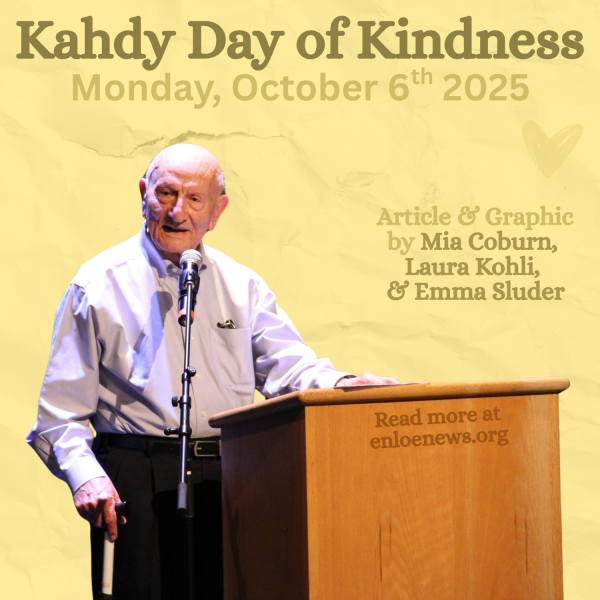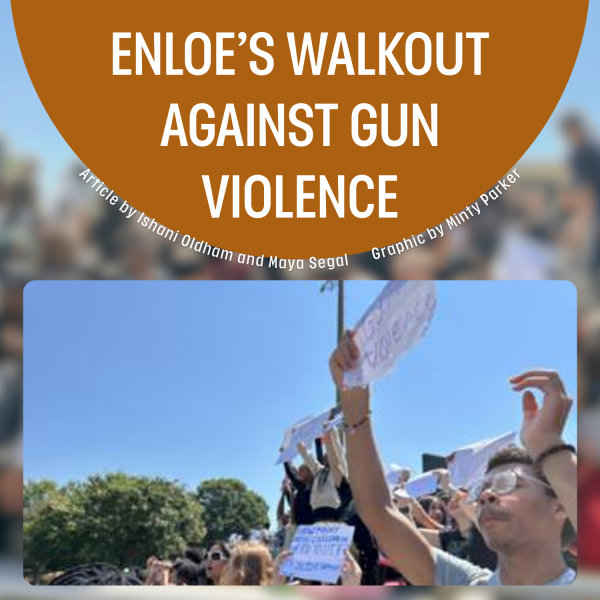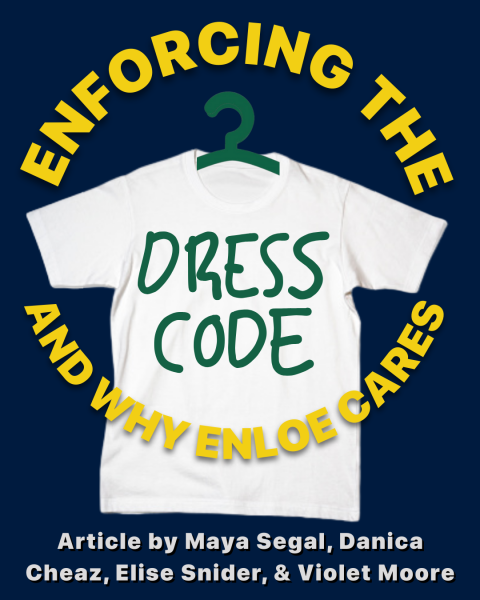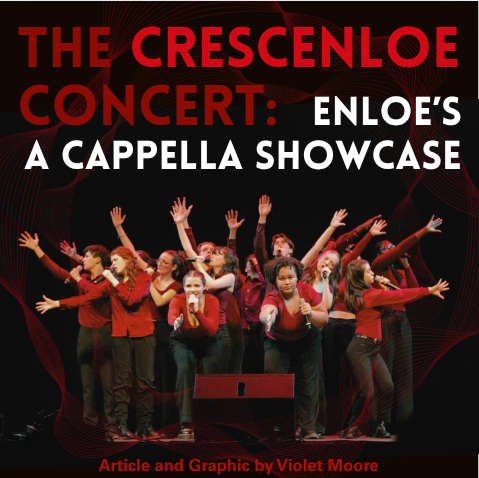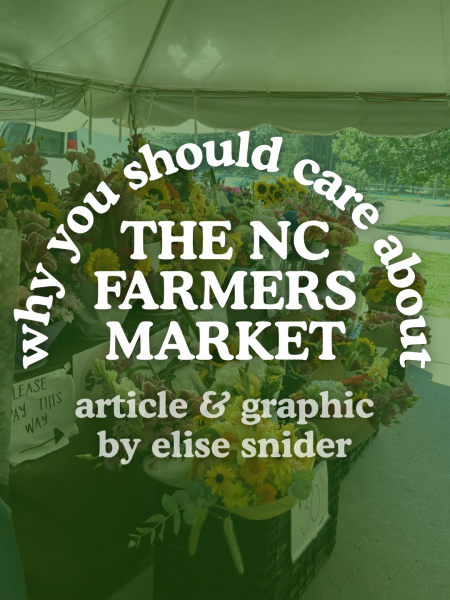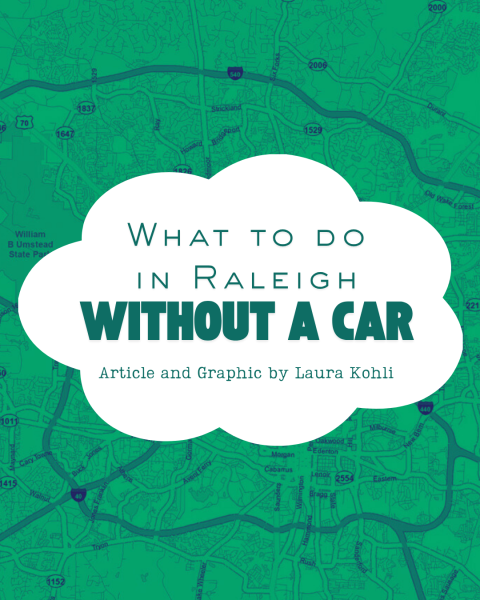Russian-Ukrainian Crisis, A Century in the Making
The war in Ukraine stems from centuries of political, cultural, economic, and religious conflict between Russia and Ukraine. To fully understand the modern events you must understand the historical context. This timeline details the events leading up to the invasion of Ukraine in February of this year.
1922 – 1991
- The Ukrainian Soviet Socialist Republic within the Soviet Union was informally called Ukraine. As a republic of the Soviet Union, Ukraine had the second-largest population and economy of the fifteen Soviet republics.
1991
- After the collapse of the USSR, Ukraine voted for independence with a referendum, 92% of Ukrainians supported independence. Leonid Kravchuk was elected president.
1994
- Both Russia and Ukraine joined NATO’s Partnership for Peace; however, they were not full members of NATO.
July 1994
- Kuchma became President, defeating the incumbent and instilling slow growth along with various corruption charges.
December 5th, 1994
- The Budapest Memorandum was signed by Russia, Ukraine, the US, and the UK. Ukraine committed to be a non-nuclear weapons state and this memorandum declared that the countries involved will respect Ukraine’s sovereignty and independence, not using or threatening to use force against Ukraine.
June 1996
- Ukraine ratified a new constitution, theoretically having separation of powers; however, giving significantly more power to the President. This constitution also guaranteed free speech, recognized Ukrainian as the national language, and recognized private property.
1997
- Ukraine and NATO strengthened their partnership; they met and agreed to continue to meet bi-yearly to discuss the possibility of Ukrainian membership and the relationship between the two.
2000
- Corruption continued to afflict Ukraine; a journalist in opposition to President Kuchma was found beheaded. Western countries reconsidered their support of the regime.
2004
- Western-oriented and Soviet-aligned ideologies continued to clash in Ukraine. This pivotal point was characterized in the election between Western and NATO-oriented Yushchenko and Kremlin favorite Viktor Yanukovych. In September Yushchenko was poisoned, but survived. After two corrupt rounds of voting, the election was awarded to Yanukovych. Outraged, protesters dressed in orange, Yushchenko’s campaign color, and fought for a revote which Yushchenko won. This marked the movement of Ukraine further away from Russian ideology and closer to that of the West.
January 2006
- Amidst an economic low, while Ukraine relied on Russia for almost all of their natural gas supply, as well as serving as a gateway for the rest of Europe, Russia shut off Ukraine’s gas supply over a transit dispute.
2008
- At the NATO summit, Russia opposed extending a Membership Action Plan, a step on the way to full membership, to Ukraine and Georgia, both formerly a part of the USSR. Without a consensus, the MAP’s were not extended.
February 7, 2010
- Yanukovych was elected president, aided by supporters in the US and open to integration with the European Union.
2011
- Yanukovych had Tymoshenko, opponent and prime minister, arrested for “abuse of office” and sentenced to 7 years in prison. This caused outrage from Western supporters and stopped EU negotiations.
November 21, 2013
- President Yanukovych withdrew from EU talks. The Ukrainian government stated they would not sign the agreement at the Lithuanian summit but would resume negotiations with Russia regarding Eurasian Customs Union. Protests sparked in Kyiv immediately after.
November 2013-February 2014
- Protests over withdrawal from EU talks led to mass protests and a collapse of the government. Protests turned violent and a government crackdown resulted in over 100 deaths. Yanukovych finally reached a settlement with the opposition, agreeing to hold elections by the end of the year. Then he fled to Russia. The remaining politicians reaffirmed claims of support to Europe.
February- March 2014
- Russia invaded Crimea, a Ukrainian peninsula with a population that is majority ethnic Russians. After the invasion of Crimea, residents of the region voted to secede from Ukraine and join Russia. The legitimacy of the referendum was questioned by Ukraine and European powers.
March 21, 2014
- Russia was expelled from the Group of Eight. Russia annexed Crimea and admitted to using military force as a way to achieve their goal of “protecting ethnic Russians”.
May 2014
- Petro Poroshenko, a western-aligned politician, was elected president.
September 2014 and February 2015
- The first and second Minsk Agreement were signed. In the first, fighting in Donbas, a former Ukrainian region that Russia claimed control of, was brought to an end. With the second, Putin and Poroshenko negotiated a ceasefire in eastern Ukraine with a 13 step plan to end the conflict.
December 2017
- President Donald Trump approved lethal arms sales to Ukraine, overturning the ban from the Obama administration.
January 2019
- The leading authority for Orthodox Christianity recognized the Ukrainian Orthodox Church, formerly a part of the Russian Orthodox Church.
April 2019
- Volodymyr Zelensky won the presidency, defeating Poroshenko.
June 2020
- Ukraine was named a NATO Enhanced Opportunities Partner, meaning they became closer to membership.
April 2021
- Russia continued to deploy its military near the Ukraine border after warnings from Ukraine and the EU. Putin agreed to talks with Biden but soon after he questioned the legitimacy of the Ukrainian borders in his “On the Historical Unity of Russians and Ukrainians’ ‘ article.
December 2021
- Russia continued to send troops to the border and called for a ban on NATO expansion into eastern Europe, specifically Ukraine. This was rejected by the Biden administration and NATO.
February 2022
- Russia sent in more military to Luhansk and Donetsk, separatist regions of Ukraine. Putin claimed that Kyiv and Zelensky were a “puppet regime” run by the West and NATO.
To continue learning about the war in Ukraine, read more here.
Your donation will support the student journalists of Enloe Magnet High School, allowing us to cover our annual website costs. We are extremely grateful for any contribution, big or small!
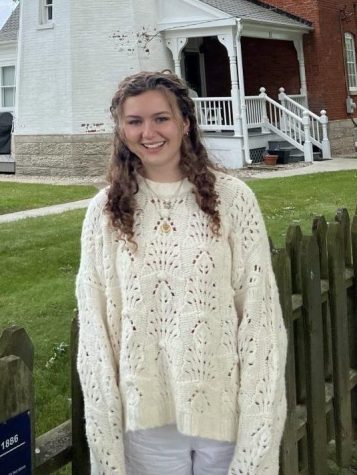
(She/her)
Malinn is a senior and excited to return to the Eagle’s Eye as an A&E editor! She is passionate about fashion, sewing, and clothes in...


